The good news is that there are plenty of opportunities to escape the crowds, just by walking slightly off the main trails.
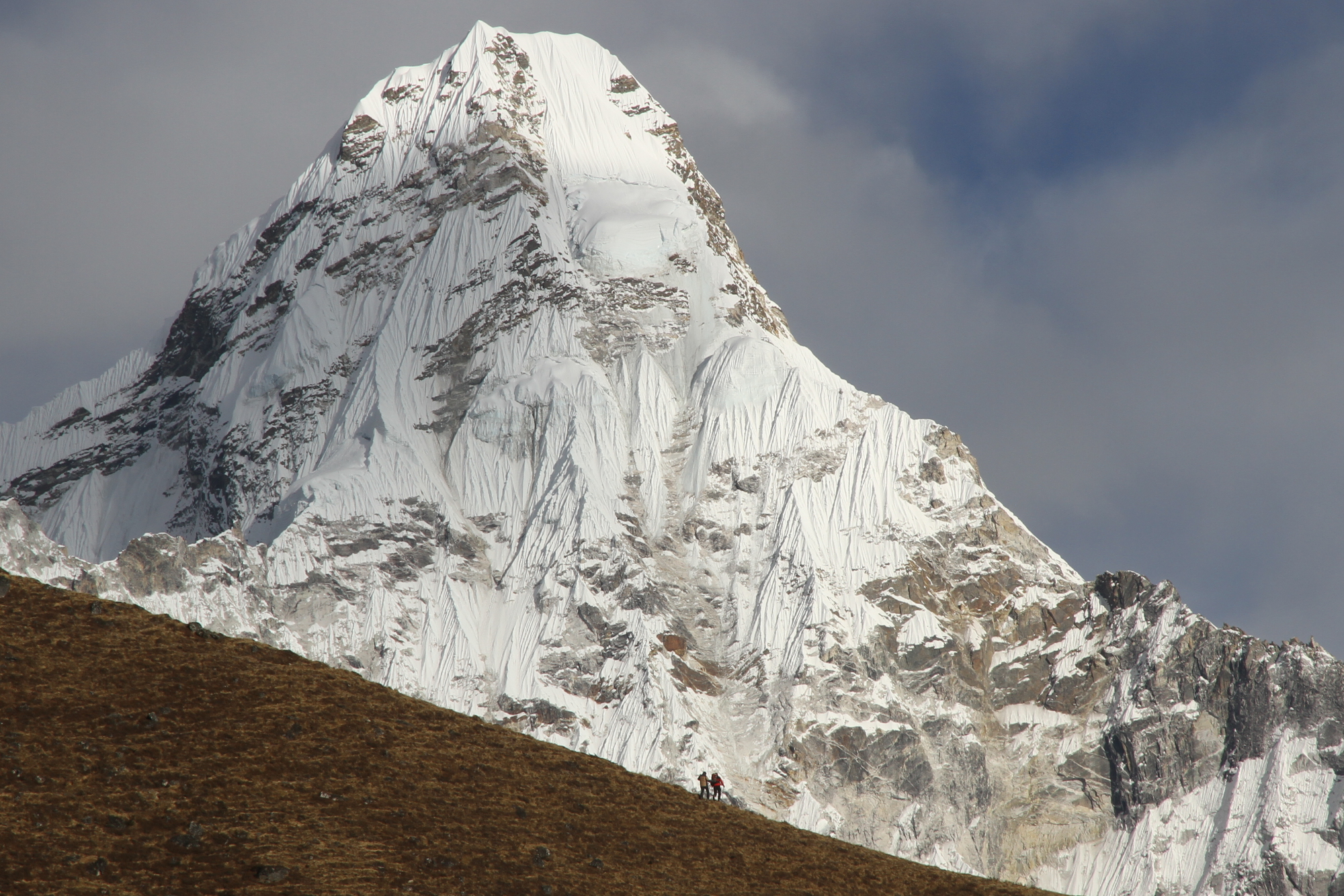
Repairs to the Everest trails are well underway and most lodges are operating as normal, but many trekkers still rush straight from Lukla to Everest Base Camp and Kala Pattar, missing some stunning stops just off the beaten path. Most are only a couple of hours' walk off the main route to base camp, and some are only 20 minutes from the madding crowd. The best advice for anyone planning an Everest trek is to add on a couple of days to your itinerary to fit in some of these off-piste highlights. You'll likely have these spots completely to yourself, even in high season.
After walking the main routes and side valleys of the Everest region for the Trekking in the Nepal Himalaya guidebook, the following are our best tips for adventurers looking to avoid the crowds.
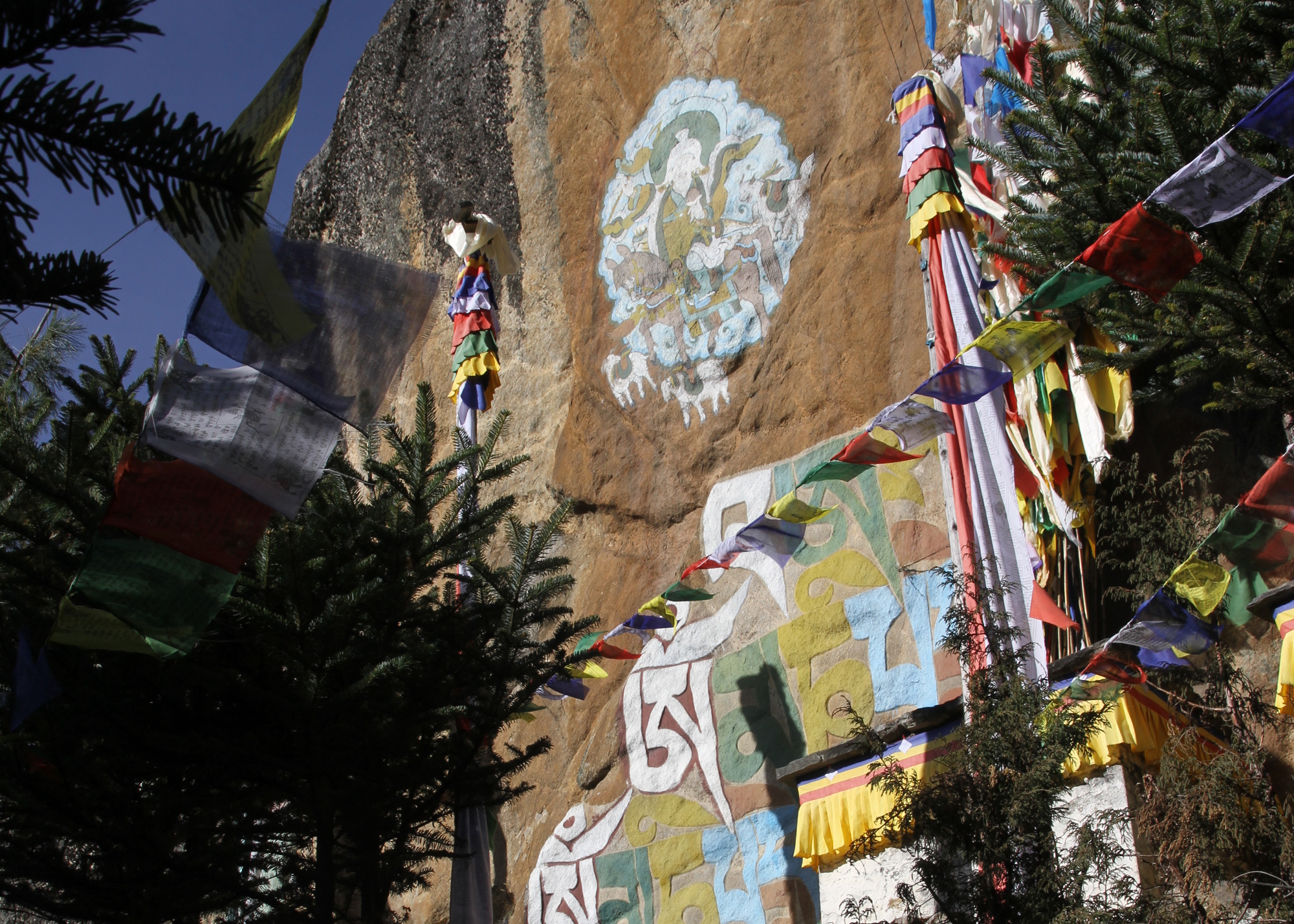
Rock paintings, Namche Bazaar
The Sherpa capital of Namche Bazaar is lined with espresso stalls, bakeries, trekking gear shops and even an Irish pub, all full of acclimatising trekkers sipping lattes and checking their Facebook status. Tear yourself away from this island of urbanisation by making the short hike above the town's monastery to a series of rock paintings of Khumbu Yul-lha, the protector deity who resides on the mountain that rises behind Namche Bazaar. It's a sacred, almost animistic site, so tread respectfully.
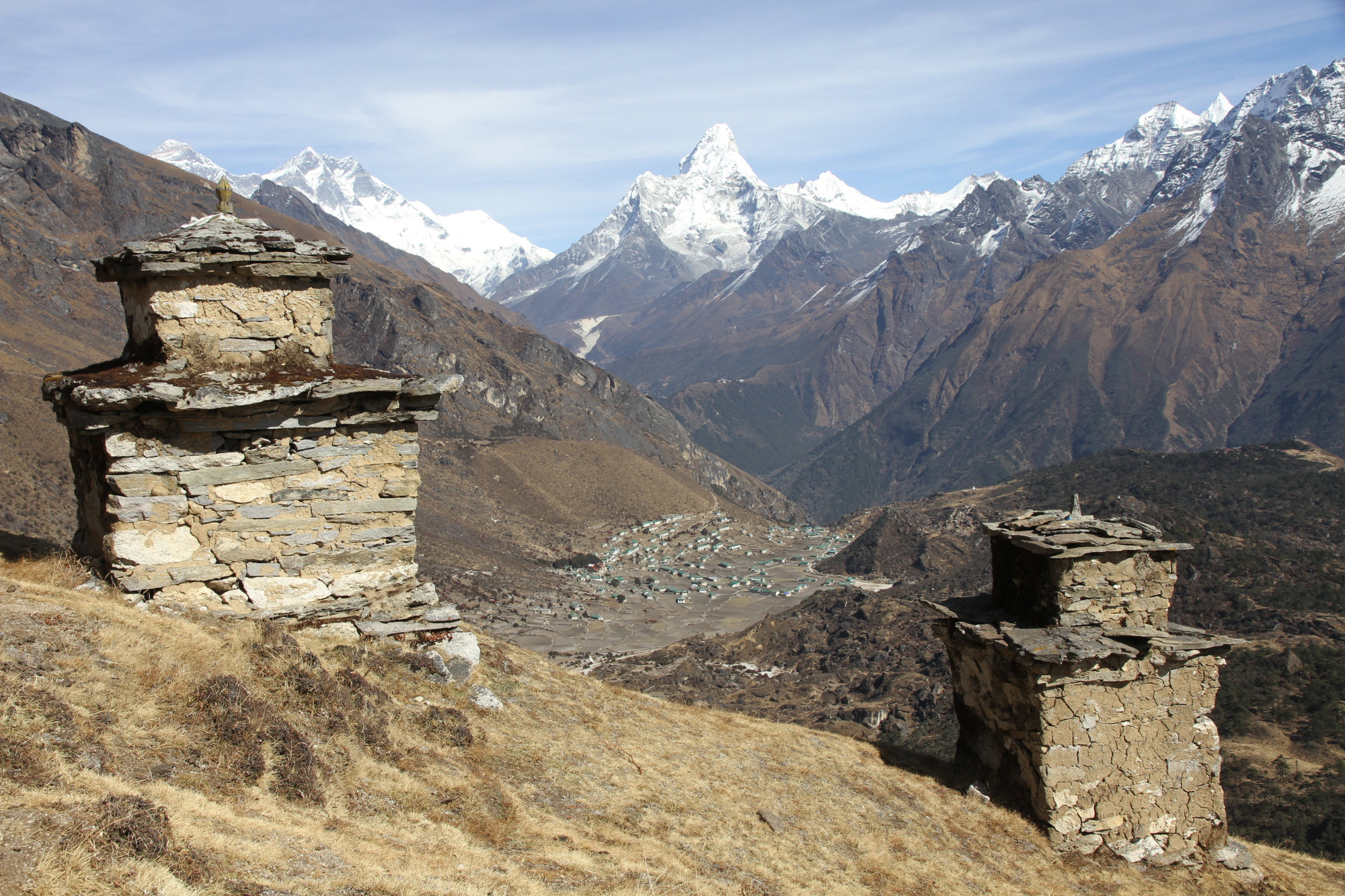
Hillary Memorial Chortens viewpoint
Many people make the excellent acclimatisation day hike from Namche Bazaar to Kunde but most miss the views from Hillary Memorial Chortens (stupas), just 20 minutes up the hill behind Kunde Monastery. Three chortens pay tribute to the Everest summiteer and his wife and daughter, both of whom died in a plane crash while working on aid projects in the region. The views towards Thamserkuu peak, Namche Bazaar and Thame are superb and you'll have only yak herders for company.
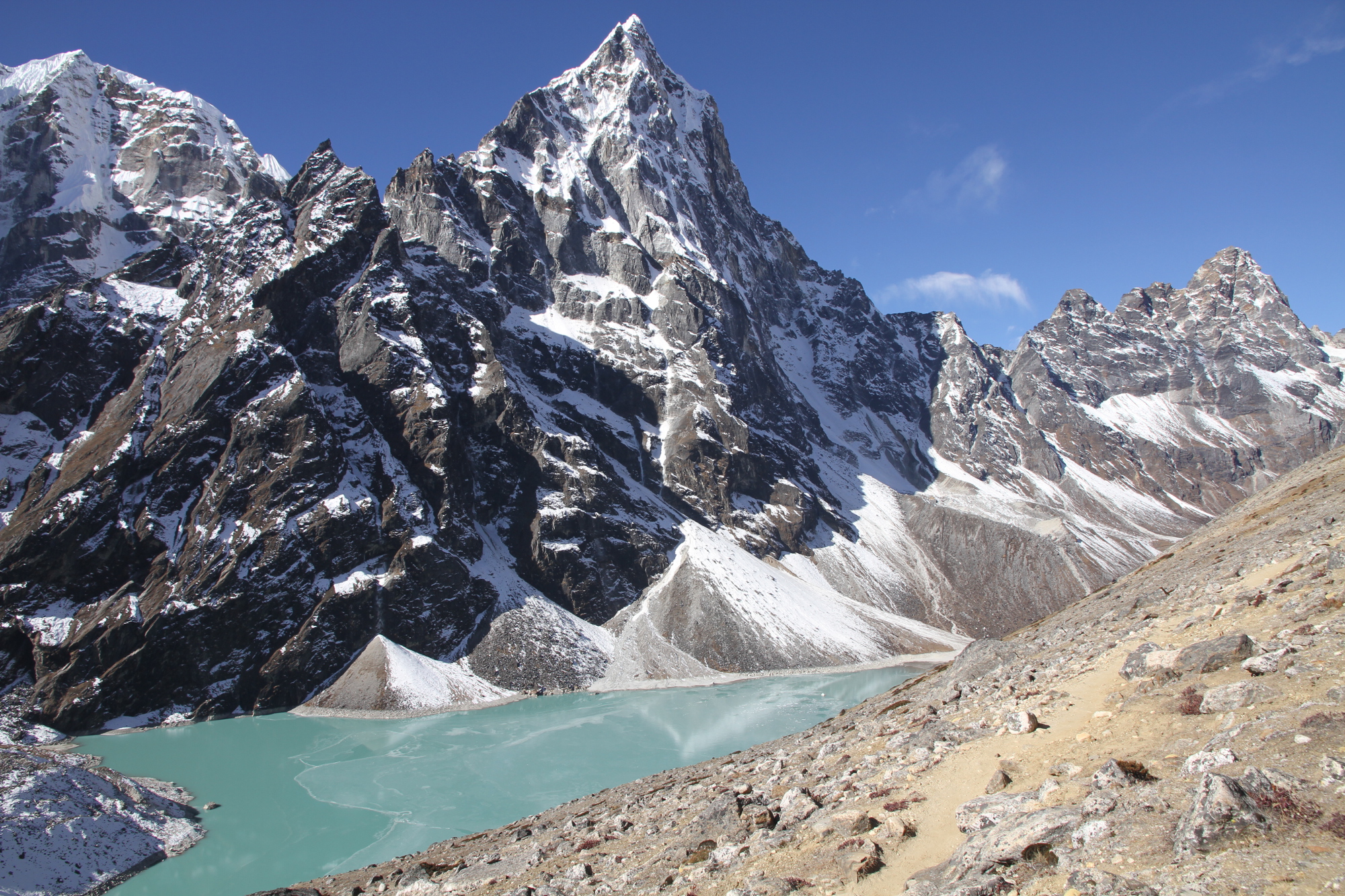
Chola-Tsho
This stunning alpine lake is just 30 minutes off the main Everest Base Camp trail, between Dughla and Lobuche. It's a perfect add-on as you can only climb three hours above Dughla to Lobuche in a single day due to acclimatisation issues. Chola-Tsho sits at the base of craggy Cholatse Peak and is also visible if you trek to Dzonglha and the Cho-la pass.
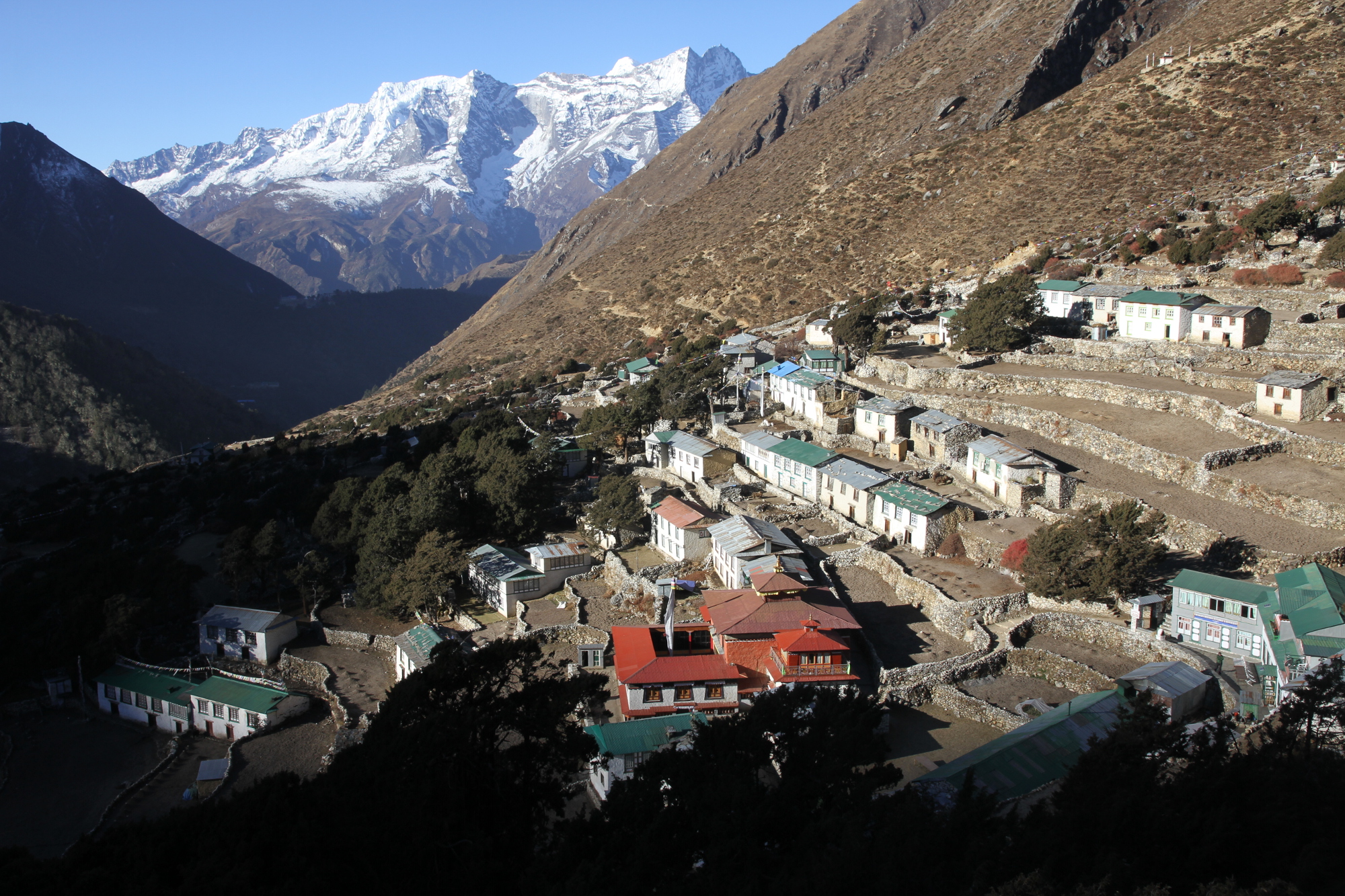
Upper Pangboche village
Pangboche is divided into two settlements; a collection of trekking lodges on the main lower trail and the charming traditional Sherpa village on the hillside above. Stay in the latter to experience one of the most charming villages in the Khumbu, as well as the chance to see the replica yeti hand held in the village monastery (the original was stolen in a convoluted plot involving mountaineer Peter Byrne and the actor James Stewart). Hard-core hikers can head up the valley behind the village towards Taboche Base Camp, curving round the valley for jaw-dropping views of Ama Dablam.
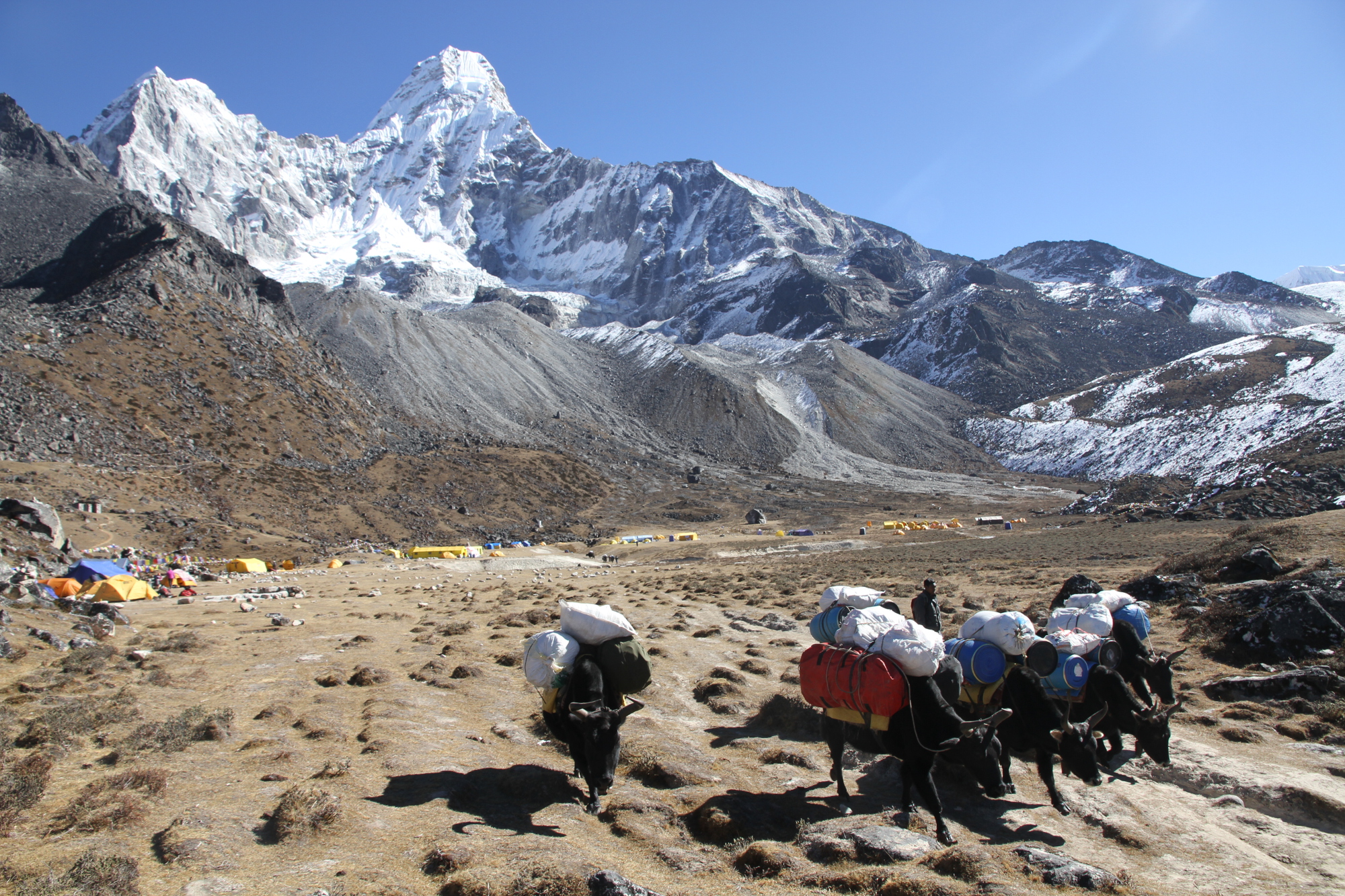
Ama Dablam Base Camp
Ama Dablam is perhaps the most beautiful peak on the Everest trek. You'll see it from multiple points along the main trail but for a neck-craning, close-up view, make the day hike from Pangboche up to Ama Dablam Base Camp to see the expedition tents camped in meadows at the foot of the peak. It's essential that you are well acclimatised to hike up here, so visit on the way back down from Base Camp, not on the way up.
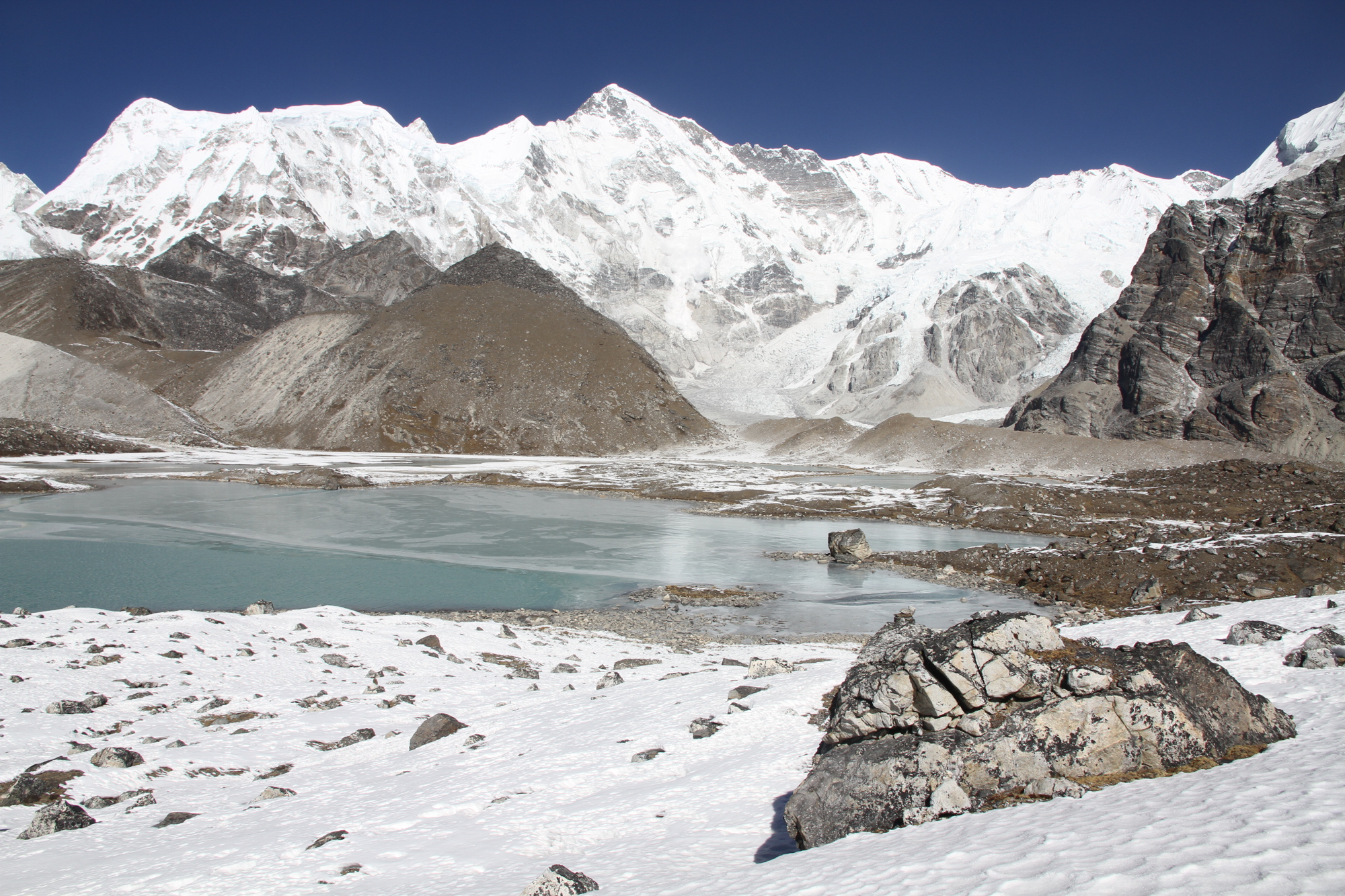
Upper Gokyo Lakes
For our money the Gokyo Valley is the most spectacular in the Khumbu. Many trekkers overnight at lodges in Gokyo village and then climb Gokyo Ri the next morning for views of Mt Everest, the sparkling lower Gokyo lakes and the huge Ngozumpa glacier. Fewer people take an extra day to make the full day hike up to the fifth and sixth lakes in the silent valley above Gokyo. These upper lakes sit in a high alpine bowl at the foot of Cho Oyu, the world's sixth highest mountain. The only noise here is the whisper of the wind and the occasional echo of small avalanches tumbling off the 3km vertical wall above. You need to be fit and acclimatised to do this in a day trip.
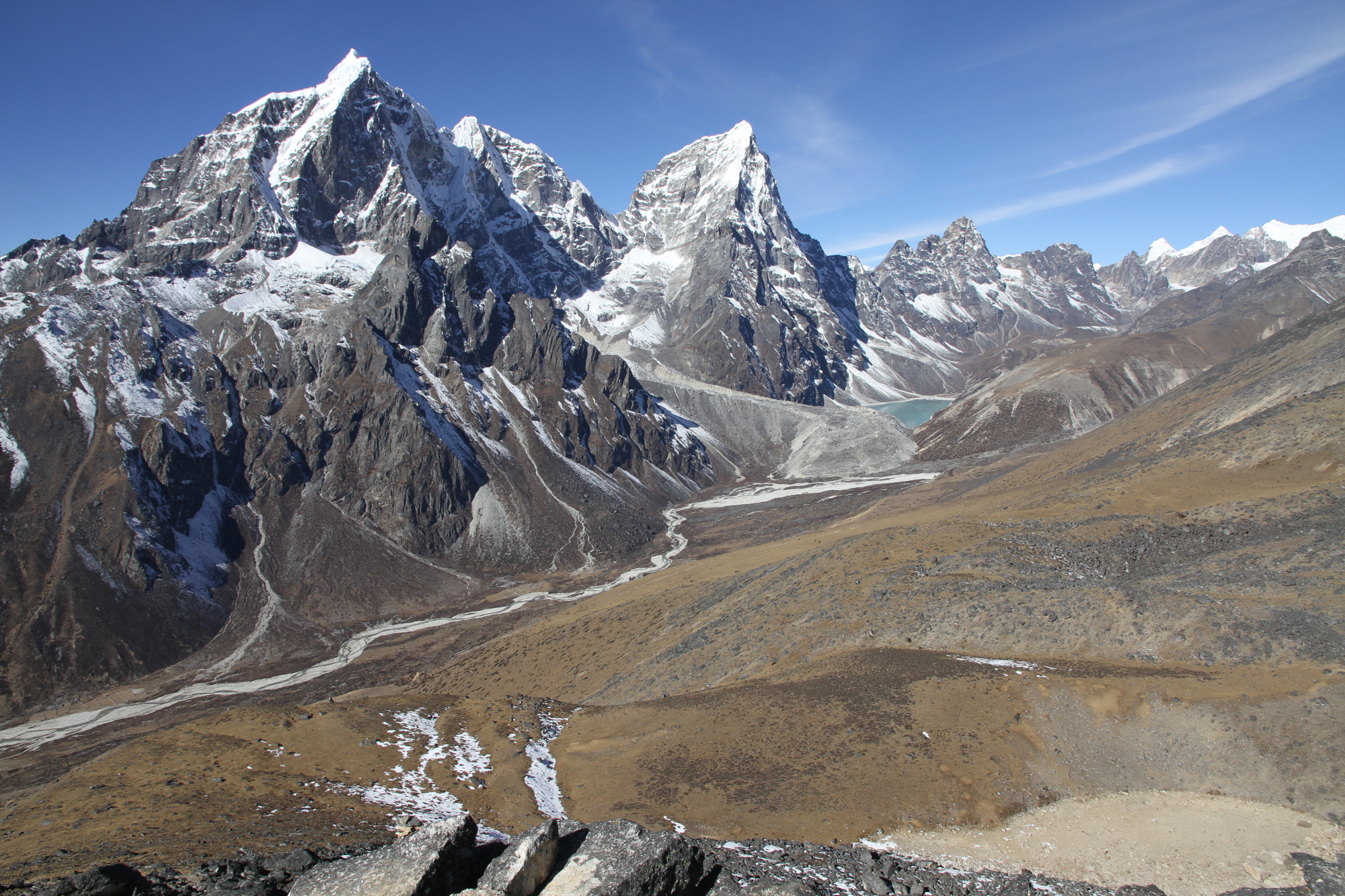
Nangkartsang
From the popular overnight stop of Dingboche, it's just 45 minutes uphill to this former meditation retreat in a broad and beautiful valley. Keep going up the hill for another 30 minutes and you'll get panoramic views towards the peaks of Cholatse and Taboche, as well as Ama Dablam. The pretty lake of Chola-tsho is also visible from here. It's a superb morning hike and will help with acclimatisation.
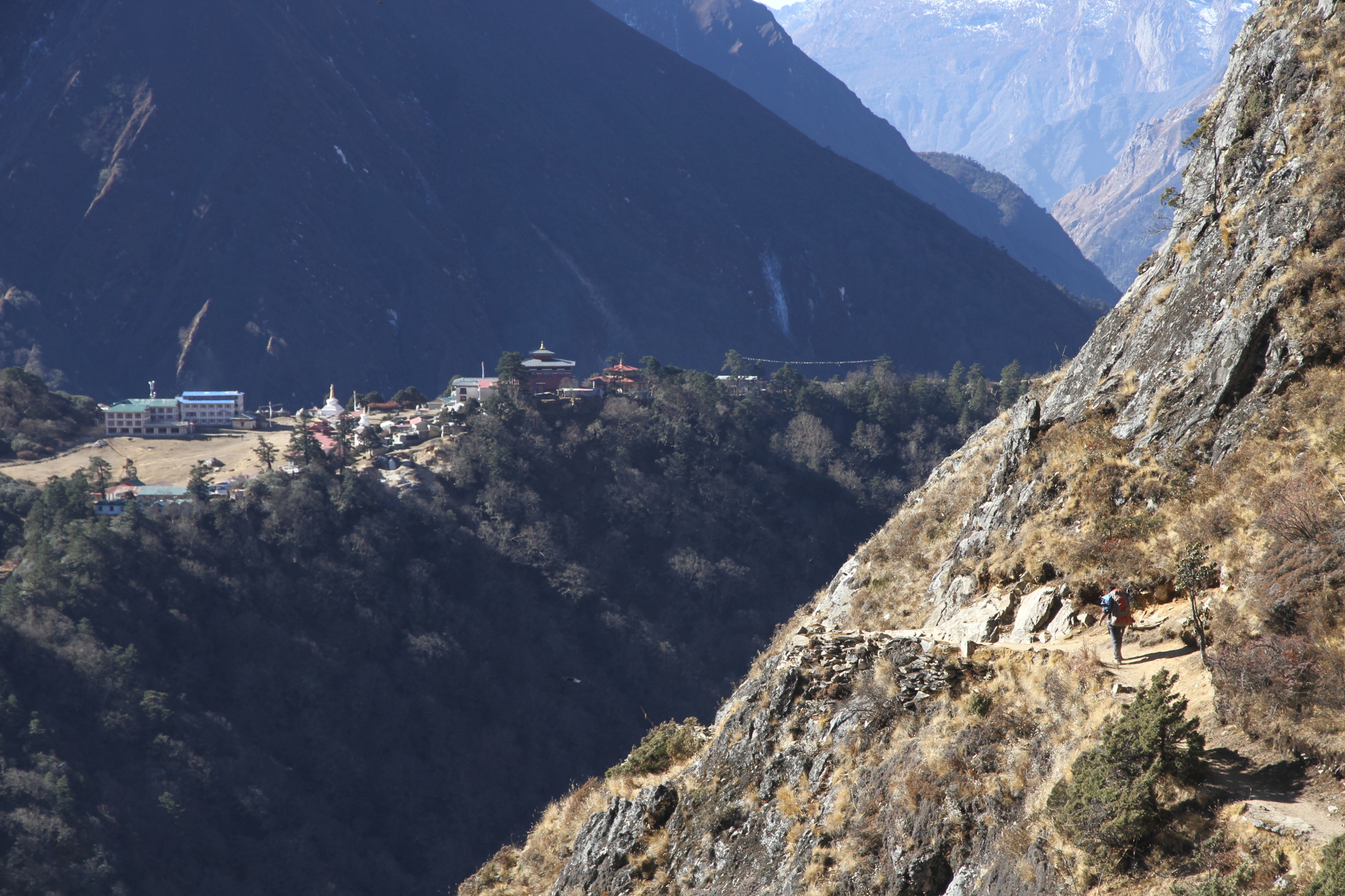
Pangboche to Phortse Trail
The standard Everest Base Camp itinerary may be a there-and-back linear route but you don't have to take exactly the same trail on the return trip. A little-used trail on the northern side of the Dudh Kosi valley links the charming villages of Pangboche and Phortse, while offering uncrowded views of Tengboche Monastery en route. Despite some earthquake damage, Phortse village is a great place to overnight, as it has several good lodges but lies well off the main trails.
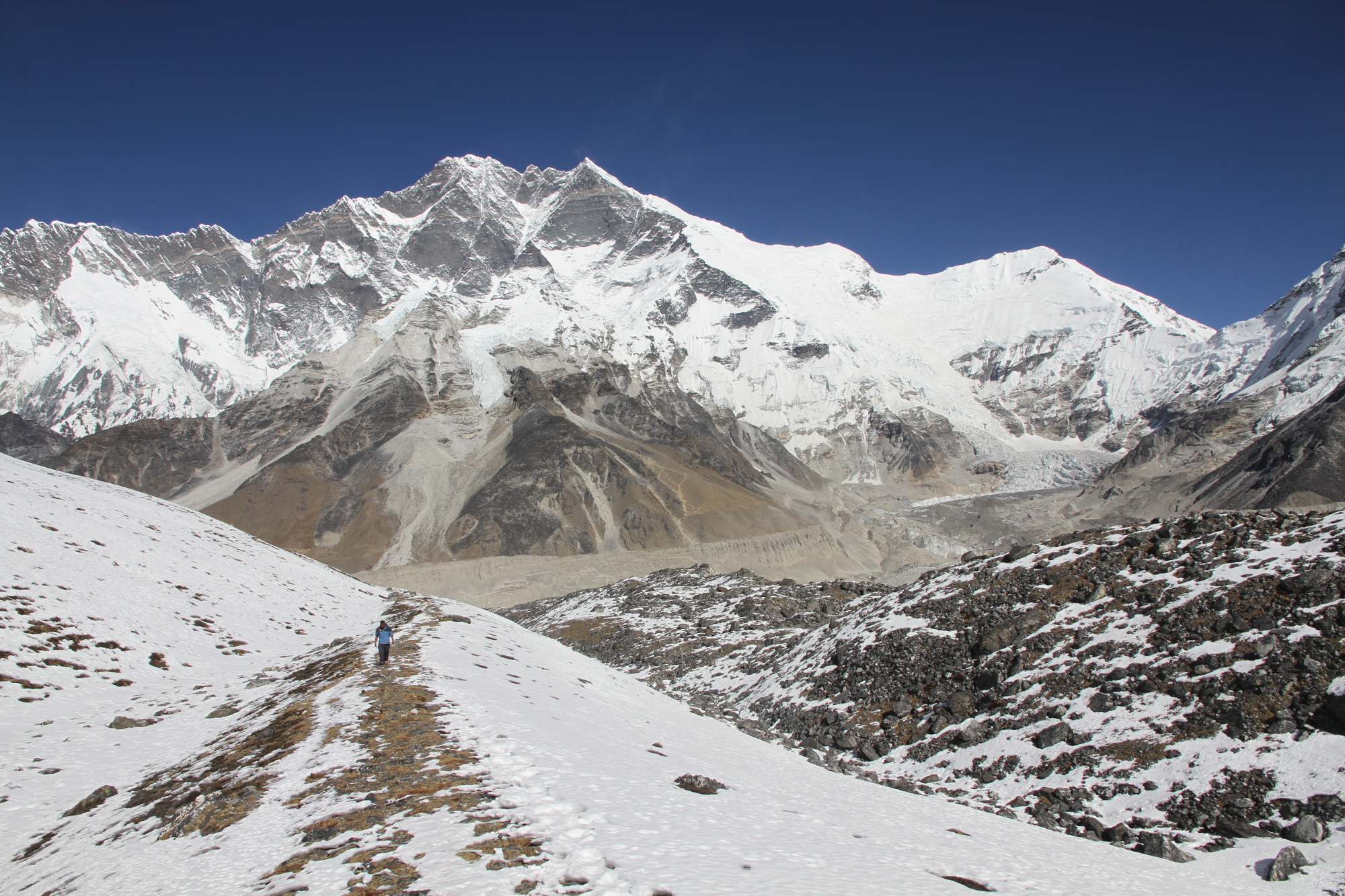
Imja Tsho and Amphu Labtsa
Up a side valley, the village of Chhukung is a great detour off the main Everest Base Camp trail. Many trekkers make the fabulous half-day hike up to the viewpoint atop Chhukung Ri. Fewer people, however, continue up the valley to Island Peak Base Camp and even fewer branch off before getting there to visit the south side of Imja Tsho lake and the base of the wall-like Amphu Laptsa Pass. This is a wild and remote high mountain landscape.
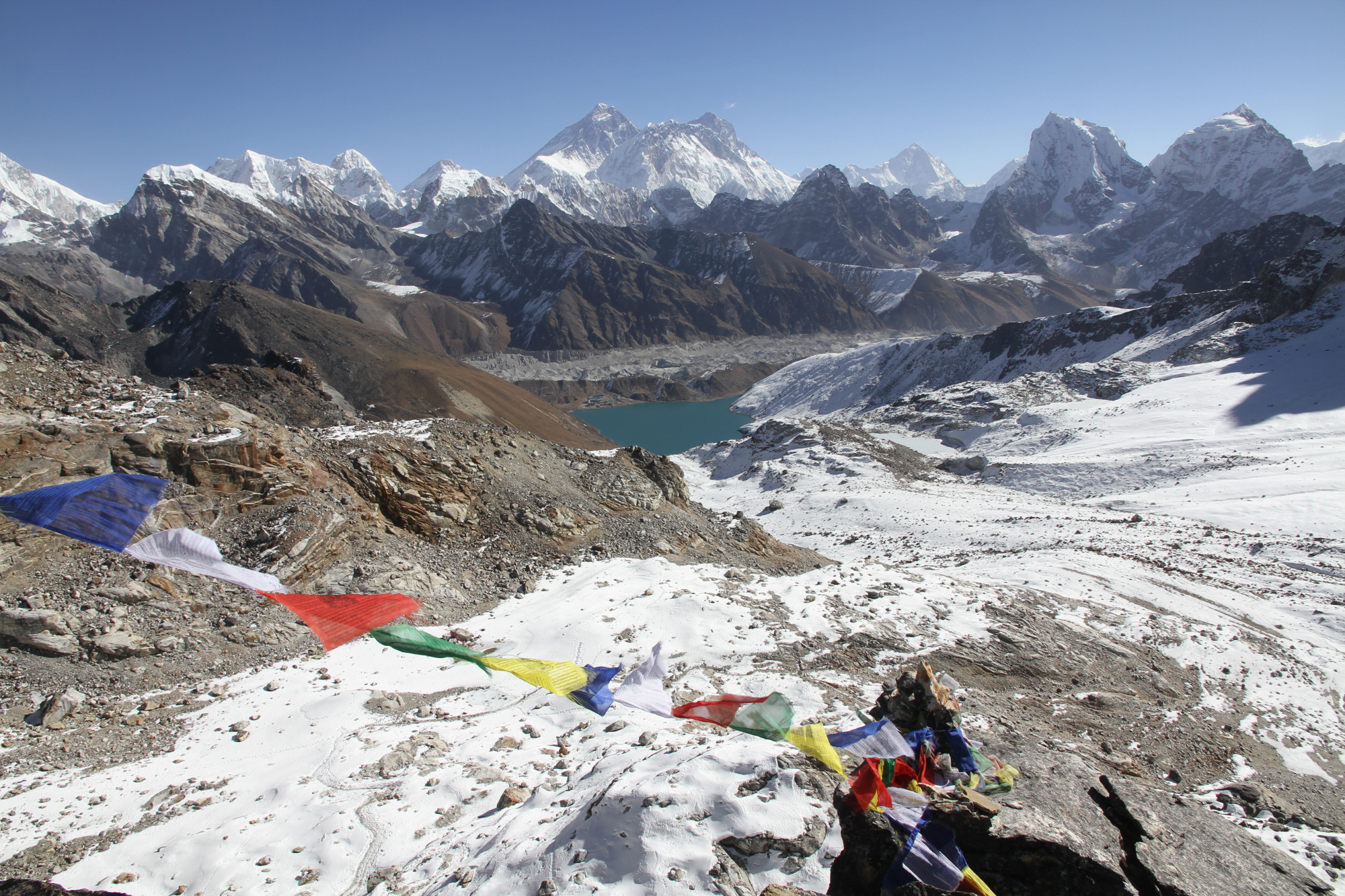
The Three Passes
Easily the most dramatic way to explore the Everest region is on the Three Passes Trek, which connects all four of the main valleys close to Everest. The first and most spectacular of the three passes is the 5535m Kongma-La, which offers views all the way east to Makalu, the world's fifth highest peak. The middle pass is the 5420m Cho-la, accessed via Dzonglha, which is worth a visit even if you aren't crossing the pass for its fine views of Ama Dablam peak down the valley. The 5345m Renjo-la is the third of the high passes and offers stunning views back down to Gokyo Lake, with Mt Everest poking its head up in the distance.